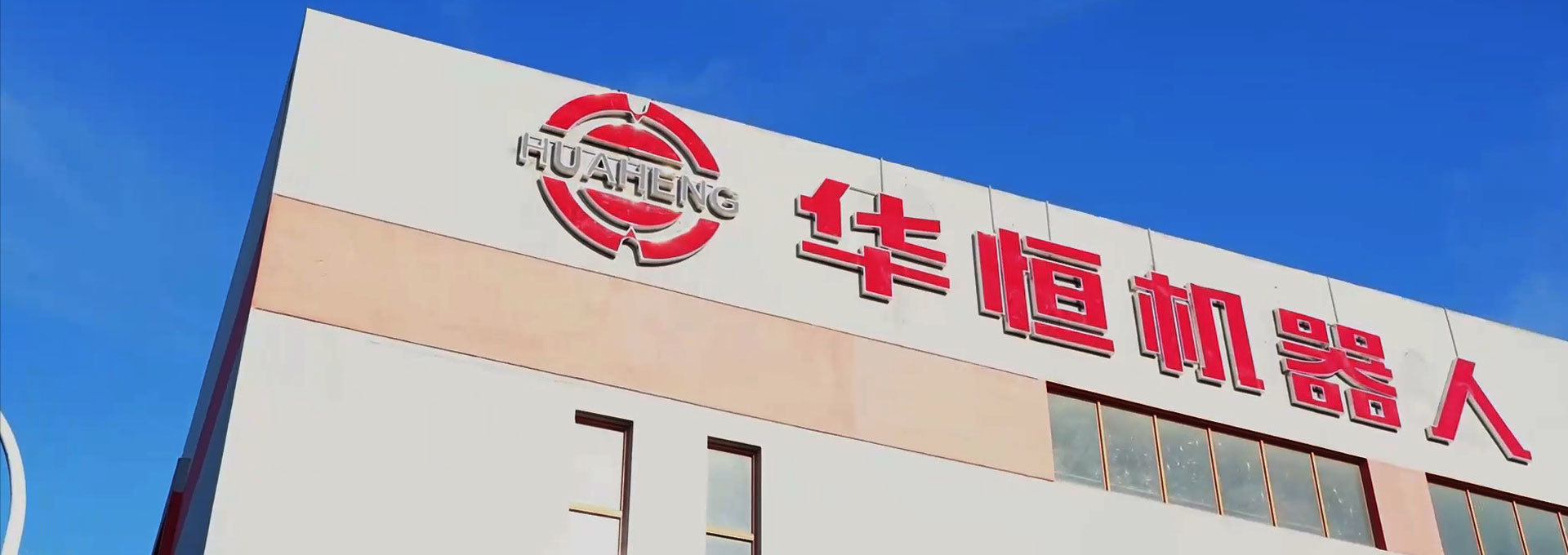Unlocking Efficiency: The Future of Robot Flexible Production Lines
Release time:
2025-05-07
Introduction to Robot Flexible Production Lines
Have you ever wondered how factories are keeping up with the ever-changing demands of modern consumers? Well, hold onto your hard hats, because robot flexible production lines are here to save the day! These innovative systems are transforming the manufacturing landscape, offering unparalleled efficiency and adaptability.
What is a Robot Flexible Production Line?
In simple terms, a robot flexible production line is a manufacturing setup that utilizes robotic systems to automate production processes. But here’s the kicker: these lines are designed to be flexible, meaning they can easily adapt to different tasks without requiring a complete overhaul. Think of them as the Swiss Army knives of manufacturing!
The Advantages of Flexibility
Why is flexibility so important? Well, in today’s fast-paced world, consumer preferences can change on a dime. With traditional production lines, adapting to these shifts often means long downtimes and costly reconfigurations. Enter the hero of our story: the robot flexible production line! This bad boy can switch between products with minimal fuss, allowing manufacturers to respond quickly to market demands.
Cost-Effective Solutions
Let’s talk turkey: money! By implementing a robot flexible production line, companies can significantly reduce labor costs. Robots can work tirelessly, day and night, without the need for breaks or overtime pay. Plus, they can operate more accurately than humans, reducing waste and improving quality. It's a win-win situation!
Improved Efficiency and Productivity
With the ability to handle multiple tasks, robot flexible production lines can crank out products at lightning speed. Production times are slashed, and efficiency skyrockets. Imagine a factory where products are rolling off the line faster than you can say "robotics"! It’s not just a dream; it’s a reality.
Safety First
Safety is always a priority in manufacturing, and robot flexible production lines contribute to that goal. By delegating dangerous tasks to robots, human workers can focus on more complex and creative roles. This not only enhances safety but also boosts employee morale. Happy workers equal a thriving workplace!
Real-World Applications
Let’s dive into some real-world examples of where robot flexible production lines are making waves. From automotive manufacturing to electronics assembly, these systems are everywhere! For instance, car manufacturers use them to quickly switch between different models, adapting their production lines to meet demand without missing a beat.
Food Industry Innovations
Even the food industry is hopping on the bandwagon. With the rise of plant-based products and ever-changing dietary trends, food manufacturers are utilizing robot flexible production lines to ensure they can keep up with consumer preferences. Talk about staying ahead of the game!
The Future of Manufacturing
As we look to the future, it’s clear that robot flexible production lines are just the tip of the iceberg. With advancements in AI and machine learning, these systems will become even more intelligent and adaptable. Who knows? Perhaps one day, they’ll be able to anticipate market trends before they even happen!
Conclusion
In a nutshell, robot flexible production lines are revolutionizing the way we think about manufacturing. By combining flexibility, efficiency, and safety, they are helping businesses stay competitive in an ever-evolving market. So, if you’re in the manufacturing sector and haven’t yet explored the world of robot flexible production lines, what are you waiting for? The future is here, and it’s robotic!
Previous Page:
Latest News
Xuzhou Huaheng Robotics Co., Ltd.
Phone: 0086-516-66882288
Kunshan Huaheng Robotics Co., Ltd.
Phone: 0086-512-87880678

Focus on Robot Division

Huaheng mobile phone terminal

Huaheng Company Public Number
Copyright © 2024 Xuzhou Huaheng Robotics Co., Ltd. All Rights Reserved


